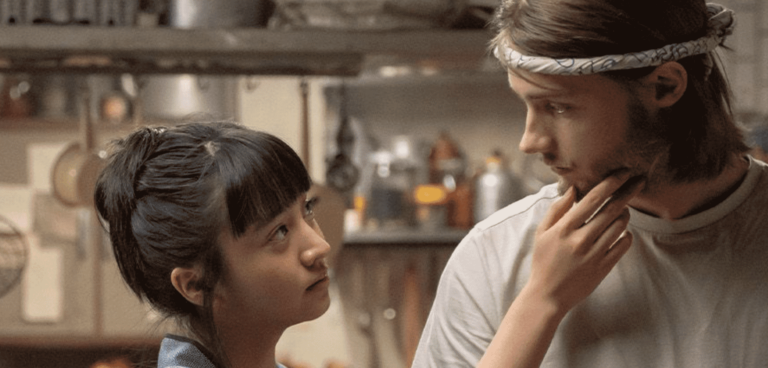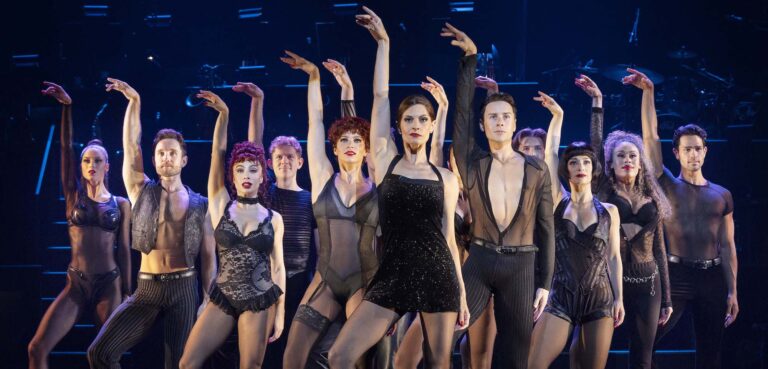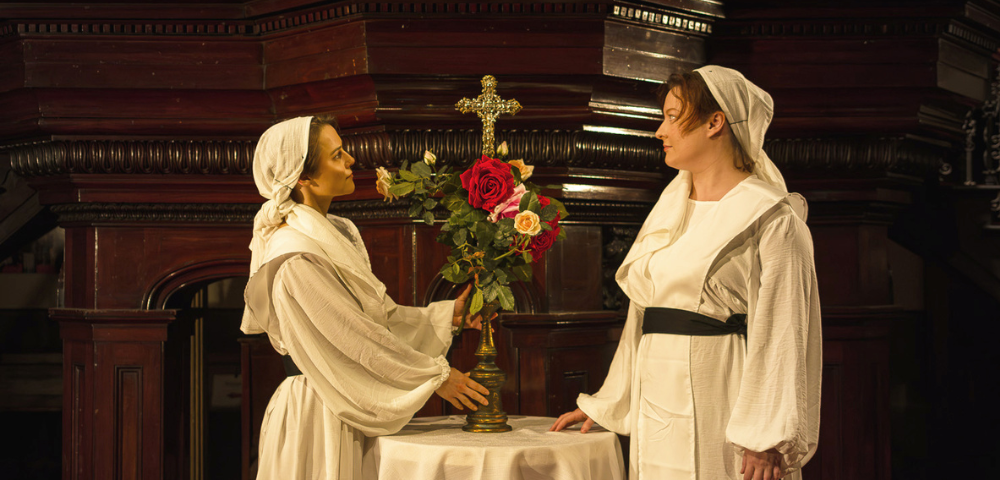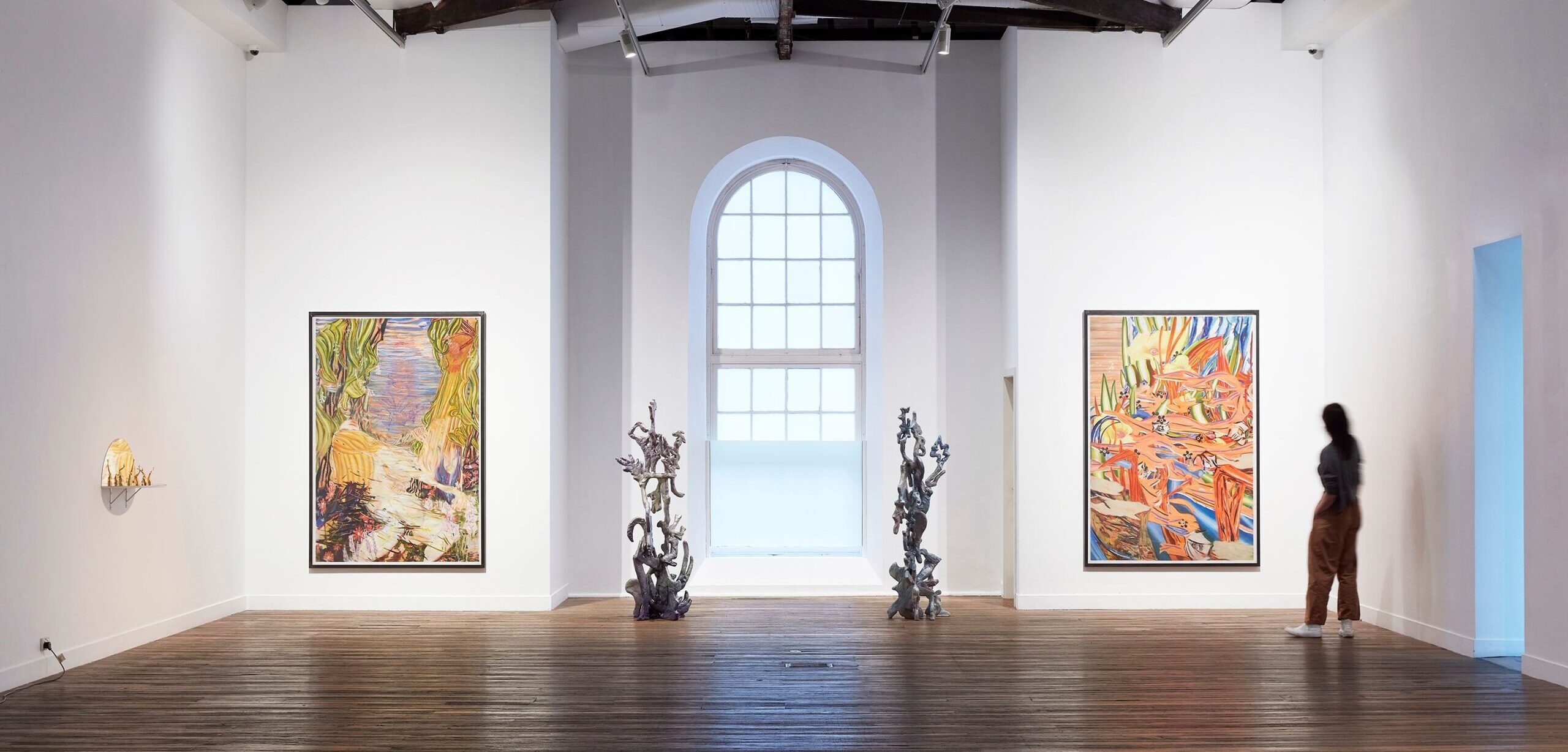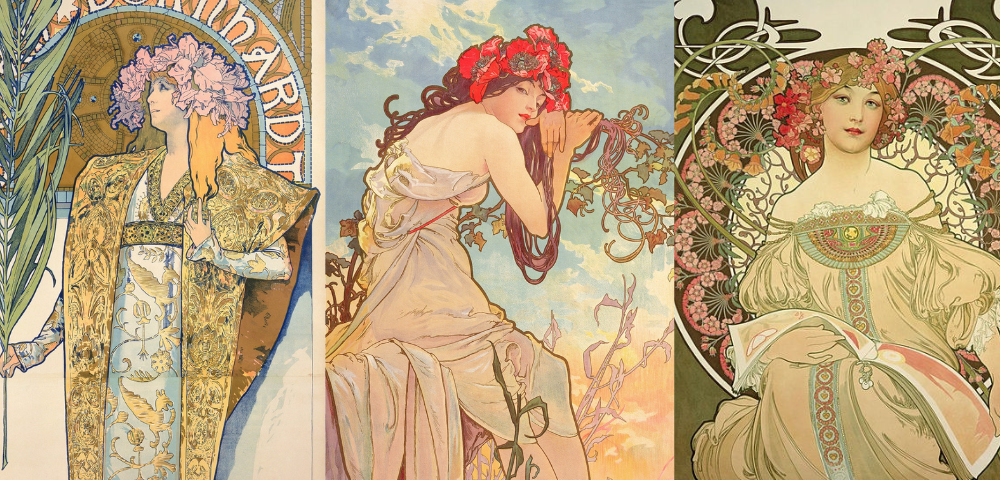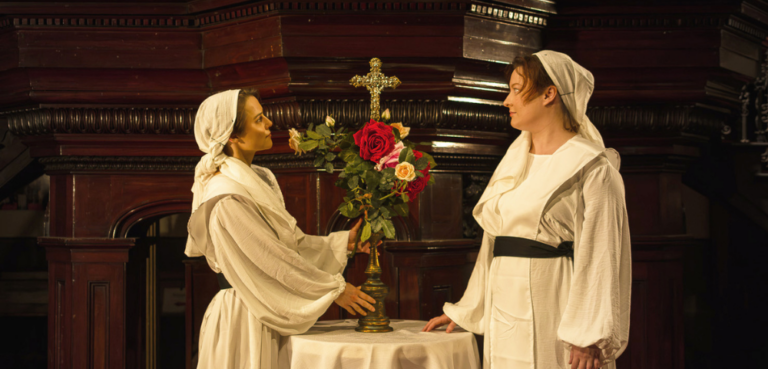
BIENNALE FOCUS: PIER 2/3
BY AMELIA GROOM
Showcasing work from over 180 artists from 42 countries, the 2008 Biennale of Sydney takes in seven of the city’s galleries and outdoor sites clustered around the harbourside. For the fifth time, the historic landmark Pier 2/3 at Walsh Bay will again become a major venue, housing three standout pieces from the exhibition, which runs until September.
One of the unique features of the Biennale this time around is the inclusion of works from the early twentieth century up to today ‘ all under the umbrella term ‘contemporary art.’ Pieces from current figures sit alongside ones from likes of Marcel Duchamp, Man Ray, Alexander Calder and Joseph Beuys, providing a historic background to the artistic developments.
The first work in the large and cavernous space at Pier 2/3 is Intonarumori, the noise-making machines of Luigi Russolo (whose 1911 painting La Rivolta is also part of the Biennale, on show at the AGNSW). One of the founders of Italian futurism, Russolo wrote The Art of Noises in 1913, expressing his enthusiasm for a revolution that would break down the barriers between music and the noises of daily life.
The noise-making machines were part of his experiments in achieving this continuity between ‘sound’ and ‘noise’. The solid boxes fitted with metal speakers can produce an infinite variety of mechanic timbres according to the noise chosen. With his assistant Ugo Piatti, Russolo prepared the Intonarumori for a number of full-scale concerts that he conducted.
Further along in the disused warehouse space is a large painting by Aboriginal artist Doreen Reid Nakamarra. Lying horizontally on the old wooden floorboards, it mimics the land and gives us a birdseye view of a desertscape with sand dunes stretching on forever. The contour-like curves are reminiscent of an aerial photograph and seem to vibrate as we walk around them.
Nakamarra is one of 21 Australian artists included in the Biennale, the highest number since the festival was established in 1973. Her pictorial style is based on repeated gestures that build up a three dimensional optical field suggestive of specific stories associated with her land. This particular work depicts designs associated with the rockhole and soakage water site of Marrapinti, west of the Pollock Hills in Western Australia.
In the next room is one of the most important works of the festival. A sound installation from the Canadian artists Janet Cardiff and George Bures Miller, The Murder of Crows is their largest work to date, making its world premiere at the Biennale. A lone monumental megaphone horn sits on a table in the middle of the space, and 98 black speakers are mounted on stands, chairs and pillars, resembling a static flock of crows.
Sound art is a focus throughout this Biennale and since the 1990s the imaginative and innovative art of Cardiff and Bures Miller has been a fascinating exploration of how sound shapes our experience. With non-linea narratives that can’t quite be grasped, their works have a cinematic quality that transports us to another place.
Using sound to paint a dreamlike landscape, The Murder of Crows is an astounding sound sculpture that envelopes us in strange, disorienting and intimate sounds, running for 35 minutes. Sit and let the sounds move around you or wander through the space and experience different combinations of them. Weaving the noises of marching, birds, an orchestra, singing and silences, images are created by voice, music and sound effects. Like with our dreams and memories, they are fleeting and transient.
The curator of the 2008 Biennale of Sydney, Carolyn Christov-Bakargiev, has coined the catchphrase ‘revolutions – forms that turn,’ for the festival. She’s set out to include things that represent a shift in perspective, things that seek to overthrow established modes of thought, things that explore the urge to revolt, and artworks that physically revolve in space.
Links to the phrase are often superficial or extraneous, raising the question of how necessary or useful it is to have a theme for an art event as extensive as a biennale, but there’s certainly a lot for sydneysiders to mull over for the next few months.
Biennale of Sydney 2008
Until September 7
Pier 2/3, Cockatoo Island, Art Gallery of NSW, Museum of Contemporary Art and Artspace
FREE
www.bos2008.com
